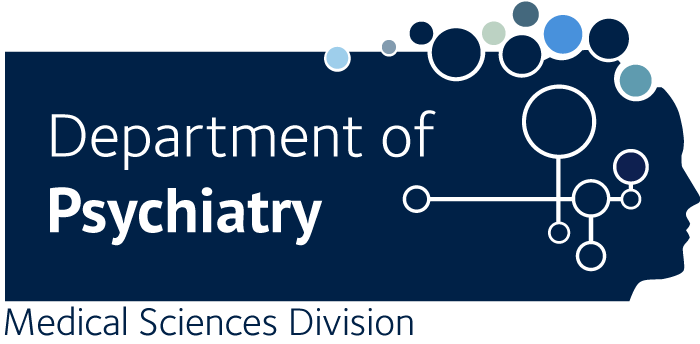Antidepressant Switching as a Proxy Phenotype for Drug Nonresponse: Investigating Clinical, Demographic, and Genetic Characteristics.
Lo CWH., Gillett AC., Iveson MH., Kamp M., Fabbri C., Wong WLE., Handley D., Pain O., Vassos E., Wray NR., Whalley HC., Li D., Young AH., McIntosh AM., Lewis CM.
BACKGROUND: Selective serotonin reuptake inhibitors (SSRIs) are a first-line pharmacological therapy in major depressive disorder (MDD), but treatment response rates are low. Clinical trials lack the power to study the genetic contribution to SSRI response. Real-world evidence from electronic health records provides larger sample sizes, but novel response definitions are needed to accurately define SSRI nonresponders. METHODS: In the UK Biobank (UKB) (N = 38,813) and Generation Scotland (N = 1777) datasets, SSRI switching was defined using ≤90-day gap between prescriptions for an SSRI and another antidepressant in primary care. Nonswitchers were participants with ≥3 consecutive prescriptions for an SSRI. In the UKB, clinical, demographic, and polygenic score (PGS) associations with switching were determined, and the common-variant heritability was estimated. RESULTS: In the UKB, 5133 (13.2%) SSRI switchers and 33,680 nonswitchers were defined. The mean time to switch was 28 days (interquartile range, 17-49). Switching patterns were consistent across the UKB and Generation Scotland (n = 498 switchers). Higher annual income and educational levels (odds ratio [OR] [95% CI] for a university degree, 0.73 [0.67-0.79] compared with no qualifications) were associated with lower levels of switching. PGSs for nonremission, based on clinical studies, were associated with increased risk of switching (OR, 1.07 [1.02-1.12], p = .007). MDD PGSs and family history of depression were not significantly associated with switching. Using genome-wide complex trait Bayesian, the single nucleotide polymorphism-based heritability was approximately 4% (SE 0.016) on the observed scale. CONCLUSIONS: This study identified SSRI switching as a proxy for nonresponse, scalable across biobanks with electronic health records, capturing demographics and genetics of treatment nonresponse, and independent of MDD genetics.

